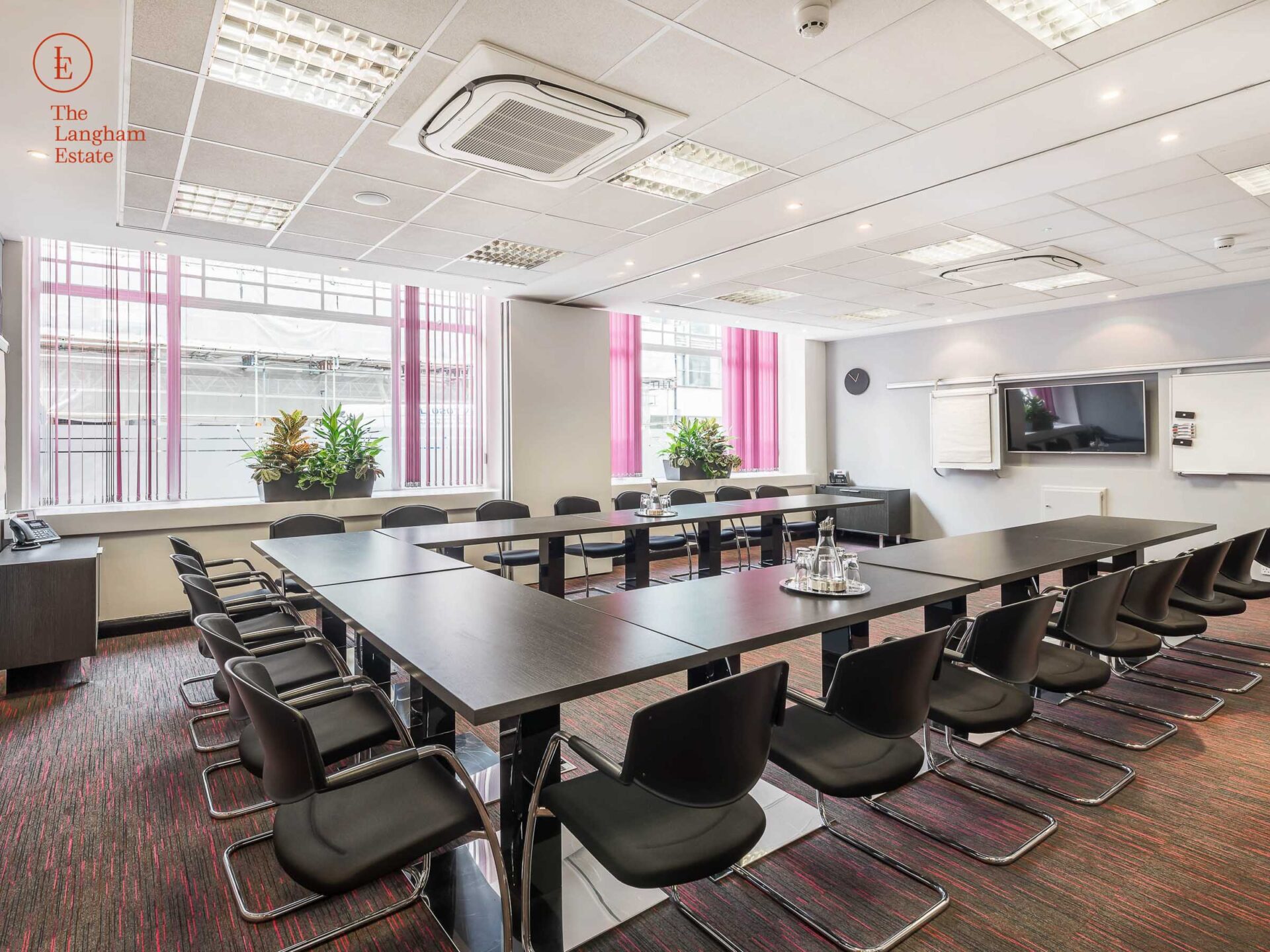Why physical workspaces still matter for businesses in 2025

Once seen as the future, remote work now shares the spotlight with an unexpected return: the traditional office. In 2025, a quiet resurgence of in-person workplaces is unfolding – not as a rejection of flexibility, but as a reimagining of connection, culture, and collaboration. Therefore, this article explores why physical workplaces matter and how modern businesses are adapting to shifting employee preferences.
The changing role of physical workspaces post-pandemic
The pandemic forced many businesses to rethink their operations and implement ways to reduce physical contact among employees. This led to millions of employees transitioning to working from home (WFH). However, this did not eliminate the need for physical offices, as many businesses resorted to hybrid work.
Hybrid office (1) is among the dominant models that allow companies to benefit from remote and office-based operations. For instance, remote working offers flexibility, saves time and resource consumption, and creates a perfect work-life balance. However, it leads to isolation, distractions, and inefficient communication. Therefore, hybrid or in-person work addresses these concerns by creating a collaborative environment that fosters productivity and minimises distractions.
A landmark Stanford study revealed that in-person teams generate 15-20% more effective ideas than remote teams. Furthermore, employees consistently report that they value physical offices for the connections and creativity they offer. This evidence solidifies the need for organisations to implement return-to-office strategies that focus on employee well-being rather than mere policies. By doing so, modern companies can record more connectivity, innovation, and skill development.
Why physical workspaces are still essential in 2025
Below are key reasons why physical workplaces matter even amidst the high demand for remote work.
Face-to-face collaboration helps spark better ideas
Face-to-face collaboration is a catalyst for creativity, innovation, and real-time problem-solving. The “collision effect” – the spontaneous exchange of ideas between individuals in shared places-is difficult to replicate in virtual environments. For instance, a survey indicated that 94% of workers link a sense of belonging to their ability to contribute new ideas at work. This feeling is often cultivated in shared office spaces that value psychological well-being.
Similarly, individuals working in a collaborative setting are 50% more productive than those working alone. That is because teamwork promotes brainstorming, a faster feedback loop, and stronger interpersonal dynamics. Therefore, companies can create modern office spaces with communal areas and quiet zones that allow structured and unstructured collaboration.
The physical environment enables a stronger company culture
Organisational culture thrives on daily rituals and shared experiences, besides internal values and policies. These aspects are often facilitated through in-person interactions. For instance, according to statistics, employees who feel more engaged with their workplace culture are 22% more productive. A positive in-office environment also reinforces employee loyalty by 87%.
Big companies like Google have mastered the art of creating human-centric workplaces that support employee well-being and organisational communication. Their offices are crafted with open layouts, relaxation areas, and health-conscious amenities. These elements are not just aesthetics but serve as -tools to nurture a high-performing and resilient company culture.
Offices help people stay focused and productive
Remote work emerged as a practical strategy to reduce commute time and company resource utilisation. For instance, working from home allows employees to put in more hours to complete tasks. However, this shift had a negative impact on employee output and productivity. For instance, research shows that working from home lowered workers’ productivity by 8-19% compared to their in-office counterparts.
The decline is often due to environmental distractions at home, stemming from family obligations to inadequate work setups. Therefore, the return-to-office phases allow employees to use modern, well-designed office spaces with minimal disruptions. These lead to defined routines, access to immediate support, and enhanced productivity.
You might want to know more about: Tips to create a happy workplace & boost employee productivity in 2025 (2)
In-person work helps build connections
Professional relationships are key drivers for individual career growth and organisational success. Remote work narrows employee networks, limiting interactions primarily to their direct teams. This reduces innovation often experienced with in-force working. Fortunately, physical workplaces break these network limitations, allowing employees to experience cross-functional collaboration.
Statistics indicate that 66% of UK office workers travelled up to 50 times for business in the past 12 months. The figure is a strong indicator that in-person meetings and connections are resurging. The meetings are for building trust, fostering innovation, and nurturing client relationships. Incidental office intcrucial eractions also create bonds that no video call can replicate.
Is your office space ready for the future of work?

Modern employees demand environments that support flexibility, well-being, collaboration, and productivity. To meet these shifting expectations, you must embrace flexible office solutions that offer scalable space, modern amenities, and dynamic layouts. These adaptable workplaces enhance employee satisfaction, operational agility, and cost efficiency.
Are you looking for office space that is ready for the future? A premium serviced office at Gilmoora House, The Langham Estate, is your perfect solution. Located at the heart of Central London, Gilmoora House offers an ideal environment to empower your team and elevate your business. Book your space today to enjoy easy access to exceptional amenities, including well-connected transportation links.
In this article:
(1) Hybrid office
(2) Tips to create a happy workplace & boost employee productivity in 2025